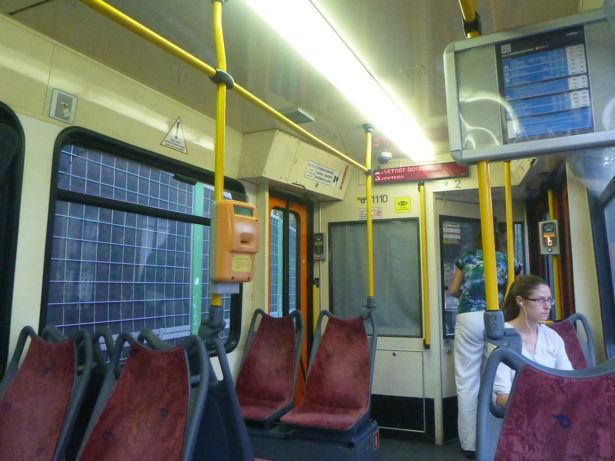According to Statista’s Global Consumer Survey research, as many as 76% of American working professionals use their vehicles to move between home and work. Yet, despite cars’ domination over the freeway, there are many ways to travel to and from work without using a vehicle and many reasons you should consider trialing them.
From reducing the number of carbon emissions released into the air to reducing maintenance costs, there are many benefits not commuting using your car can grant you (and the world around you!). Even if you start by aiming to use your car less, then work up to going completely car-free, you have many travel options available.
Biking, walking, carpooling, and public transportation are just some of the alternate ways you can use to make the journey to and from work. Yet, the effectiveness of these methods may vary depending on individual factors. However, a car-free commute is achievable, and who knows, you might even find it enjoyable! We explain some alternate ways to do the work commute below:
Public Transport
Depending on where you live in the world, many areas have a range of public transportation options that can take passengers just about wherever they want to go without using their own vehicle.
Most major American cities have public transportation routes from trains, subways, and buses that can take riders all over the area. On the other hand, if you live in a smaller metropolitan area, the public transport options might be less vast, and you might be limited to one option like buses, etc.
However, relying on public transport can be challenging at the best of times, so ensure to leave your house extra early, since there is always the chance for hold-ups and the last thing you want is to be made late because of something beyond your control.
As well as being more cost-friendly, there are many things to do while commuting via public transport, from catching up on work, studying, listening to music, reading, etc., which also makes it an attractive option for commuters.
Biking
Biking is a popular transport method for those who want to be more eco-friendly and get in shape. However, if you’re located in a major city, you will be surrounded by many hazards as you ride to and fro from work.
Hence, it’s essential to use the appropriate safety equipment, read up on bicycle maintenance, and learn how to ride safely on the road. It would be best to consider getting bike commuter insurance through insurance providers like Velosurance, which covers you in the event of theft, crash damage, liability coverage, and much more.
As well as providing bike commuter insurance, their team offers advice and support for cyclists from all walks of life, with blog posts detailing how to stay warm during winter rides, what to do when chased by a wild animal, and much more. Consider visiting their website, following their blog, or connecting with them directly to learn more and discover how their bike commuter insurance could help you switch from car to bike.
Walking
Re-live the work commute of the past and consider trading in your wheels for a pair of walking boots. According to health professionals, American adults need around one hundred and fifty minutes of moderate physical activity per day, which walking to and from work can help you achieve!
Although walking to work will undoubtedly take longer than the other methods on this list, it is among the most rewarding. Since it not only helps you do your bit for the environment but also contributes towards a happier and healthier life. Arm yourself with a warm coat, a decent pair of walking boots, and your favorite Spotify playlist, and try it out today!
Vehicle Sharing
Although technically not car-free, vehicle sharing is an excellent option for commuters who want to reduce their car use but live in an area with limited public transport options or are too far away to walk. Still, sharing your commute with colleagues who live in the same area can lessen your environmental impact and reduce the use of your car if you work it on an alternate basis.
On the other hand, if you do not own a car and cannot offer lifts in return, you could chip in with a few dollars per ride for gas money. Alternatively, if you don’t own your own vehicle, you could consider taking out a short-term rental from providers.
Use it when and where you need to, then drop it off at a designated destination or hand it over to the following user. Or, if you are learning to drive or haven’t passed your test yet, you could enlist the services of ride-share companies to get you where you need to be.



